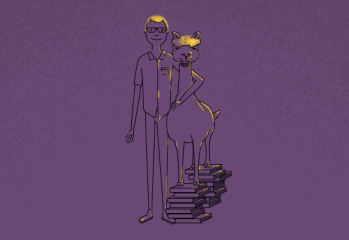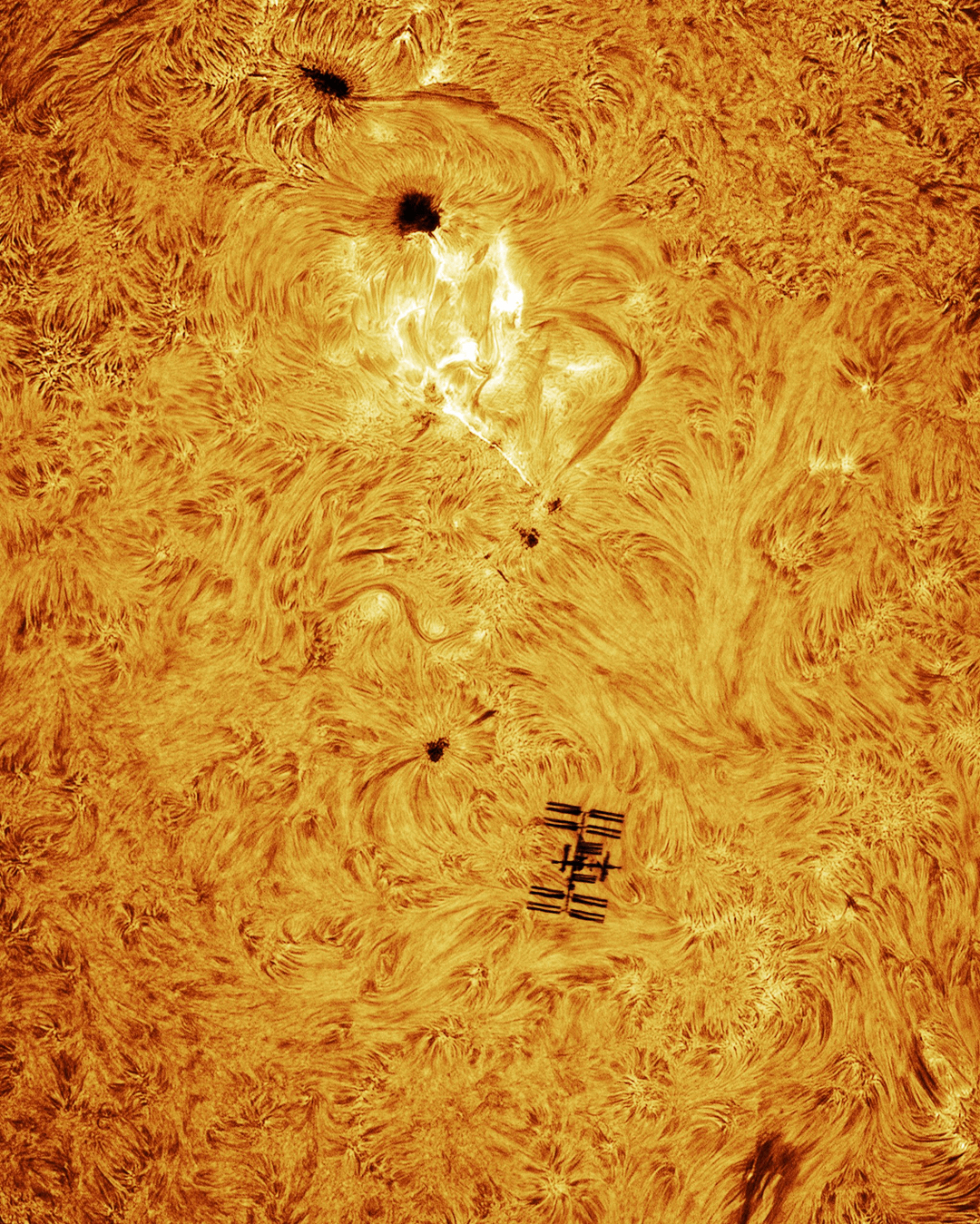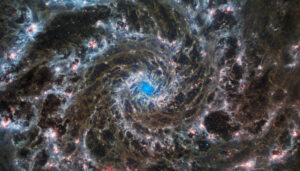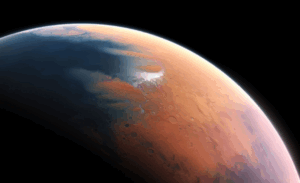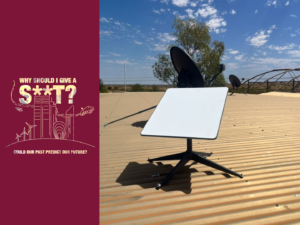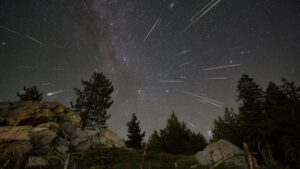The Casual Observer
July continues the season of Makuru and with it continues the fantastic, cool weather. Ironically, this is the best and worst time of the year to see the Milky Way galaxy because Earth’s position around the Sun gives us an excellent view of it at night, if only you can catch a gap between the clouds.

Credit: Stellarium
As usual, the further you are from city lights, the better your view of the sky will be. The magnificent view of the billions of stars in the Milky Way visible from Australia has been amusingly explored by xkcd as a what-if? “If every country’s airspace extended up forever, which country would own the largest percentage of the galaxy at any given time?”
Australia emerges as a clear winner. You really should click this link to read the details.

Credit: xkcd/what-if
Earth reaches aphelion on July 3. This is the point in the orbit where we are furthest from the Sun. A seasonal reminder that this is not why it is winter (remember, it’s summer in the northern hemisphere right now!). It is true that the distance from the Sun does has some effect on the temperature, but most of the temperature difference between summer and winter is caused by the tilt of the Earth. Currently, Earth’s tilt is pointing the southern hemisphere away from the Sun, making it cooler. That this happening at the same time as aphelion is pure coincidence.

Credit: © Time and Date
Venus continues to shine brightly in the morning sky before sunrise. It has a close encounter with Uranus on July 4 before threading the gap between Aldebaran and the Pleiades a few days later as it continues to move through Taurus.

Credit: Stellarium
See the International Space Station from Perth
The International Space Station passes overhead multiple times a day. Most of these passes are too faint to see but a couple of notable sightings* are:
| Date, time | Appears | Max Height | Disappears | Magnitude | Duration |
| 2 Jul 7:12 PM | 10° above SW | 51° | 51° above W | -3.0 | 3.5 min |
| 3 Jul 6:23 PM | 10° above SW | 66° | 10° above NE | -3.8 | 6 min |
*Note: These predictions are only accurate a few days in advance. Check the sources linked for more precise predictions on the day of your observations.
Moon phases
July 3: First Quarter
July 11: Full Moon
July 18: Last Quarter
July 25: New Moon
Dates of interest
July 3: Earth at aphelion
July 4: Venus close to Uranus
July 11: Venus close to Aldebaran
July 21: 56th anniversary of the Neil and Buzz walking on the Moon.
Planets to look for
Mercury is visible in the west for an hour or so after sunset for the first few weeks of this month. Mars is also looming in the northwest, and they are joined by the Moon on the first day of the month.

Credit: Stellarium
Saturn rises about midnight this month, moving across the ENE sky before it fades away at sunrise.
Jupiter makes a return to the eastern sky before sunrise, joining Venus in a bright display. This will continue to get more impressive as the month goes on.

Credit: Stellarium
Constellation of the month
Sagittarius – the Archer Centaur
Sagittarius is an enormous constellation, both in size and in scope. Lying across the centre of the Milky Way galaxy, its borders are filled with countless millions of stars and gas clouds. The brightest stars that we can see from Earth trace out the clearly defined shape of a centaur firing a bow and arrow and hahaha no not really, they look nothing like that. They are nevertheless drawn to look like a centaur anyway.

Credit: Stellarium
More pragmatic observers focus on finding the teapot, discernible in the above image and presented properly below. Easily visible even from city skies, by imagining steam coming from the teapot you can locate the exact centre of the Milky Way galaxy.

Credit: Stellarium, Markup by Smith/Scitech.
At the centre of the Milky Way galaxy is a supermassive black hole called Sagittarius A*. It is pronounced ‘Sagittarius A star’ but it is definitely not a star.
By studying orbits of actual stars at the centre of the galaxy, scientists were able to determine that the only thing that could have enough gravity to dominate stellar orbits like this would be a compact object weighing 4 million times as much as the Sun, squashed into an area smaller than the orbit of Mercury. The only thing that fits this criterion is a super massive black hole. This discovery eventually won the 2020 Nobel Prize in physics.
Credit: ESO.
More recently, the Event Horizon Telescope imaged Sagittarius A*, revealing the ghostly glow of hot plasma standing out from the darkness as it spirals around the black hole, eventually to be consumed.

Credit: EHT
Object for the small telescope
A Close Encounter of the Uranus and Venus kind
Venus and Uranus will pass within 2.5 degrees of each other in the sky on July 4. Joined by the Pleaides, this will present an exciting challenge to keen observers as the fainter Uranus will be hard to bring into focus in the chilly pre-dawn sky.

Credit: Stellarium
Please Look Up. The universe is amazing!
